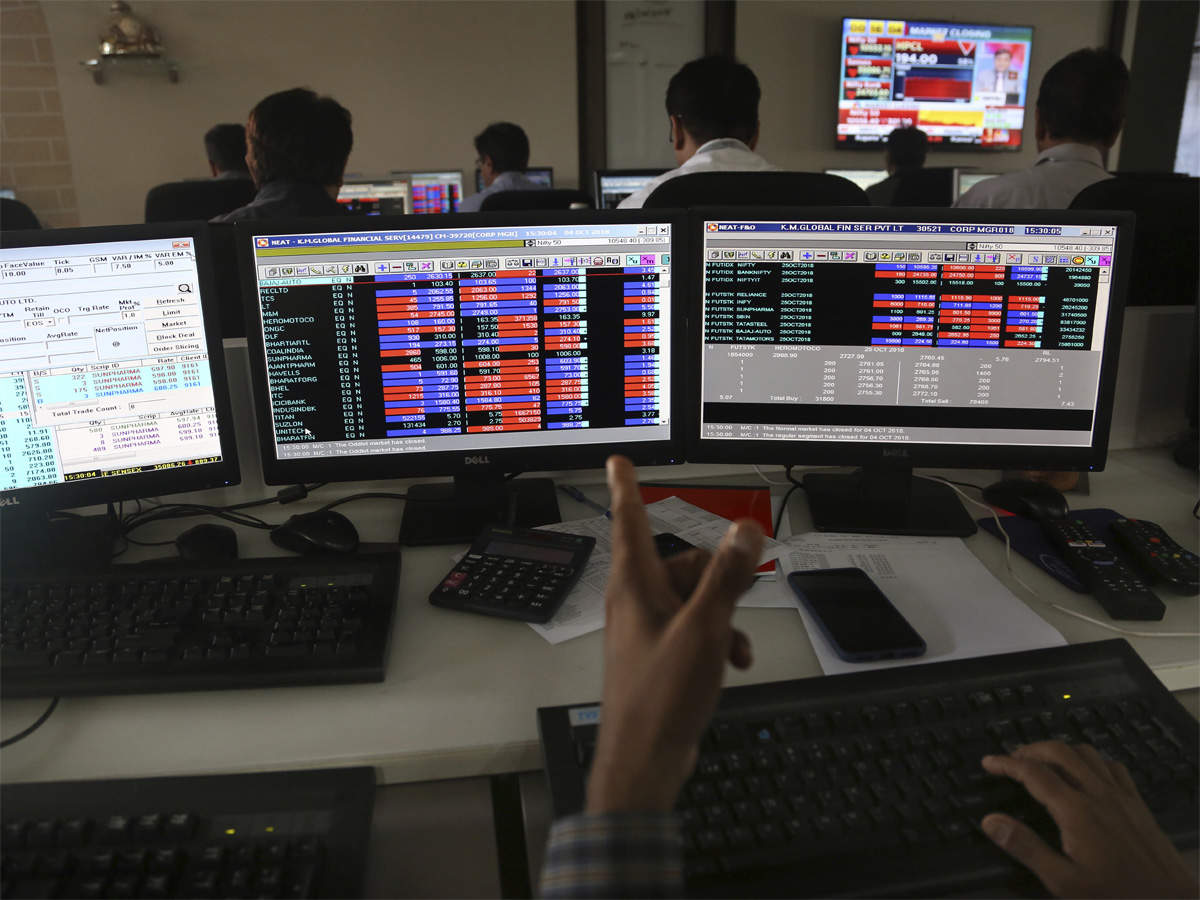INSUBCONTINENT EXCLUSIVE:
Along with technical analysis — reading of price graphs—options on stocks and indices help you determine key supports and resistances
for an underlying asset.
ET helps you navigate the basics.
1
What are optionsAn instrument that derives its value from an underlying stock or index in this case
They are of two types calls and puts.
2
What are calls and putsFrom a buyer’s perspective, a call gives you the right to buy an underlier at a predetermined price from the seller
A put gives you the right to sell an underlier at a preset price on a particular date to the seller
In both cases the seller is obliged to sell or buy an underlier from the call or put buyer
Currently, only the difference is exchanged between the buyer and the seller
But market regulator Sebi is going to make delivery compulsory in all derivatives over time.
3
What guides buyer and seller of options The anticipated range of an underlying stock or index results in the choice
For e.g., range for Nifty in the current expiry contract (February 28) is 10,700-11,000
The seller expects the Nifty to trade in or around this range for now so he sells an 11,000 call and a 10,700 put
In turn he receives a premium from the buyer .
The current price of Nifty is 10,893.65
A buyer of a 11,000 call or a 10,700 put expects the Nifty to break out of this range
An options’ seller expects the range, for now, will hold.
This can be illustrated in simple terms
To buy an 11,000 call at Friday closing a buyer would have to pay Rs 121 a share (75 shares make one contract) to the seller
The breakeven for the seller below which he loses money by the end of the month is 11,121 (11,000 +121)
The buyer will gain only if Nifty expires above 11,121
The seller feels odds of Nifty breaking above 11,121 are slim and the buyer feels odds are stronger
If the Nifty stays at or below 11,000 at expiry the buyer forfeits all or most of his premium to the seller
If Nifty expires at say 11,200, the buyer makes ( seller loses) Rs 79 a share.
Similar logic works for a put, though here the buyer feels
Nifty will expire below a strike price purchased minus premium paid but seller feels Nifty will rise or not break below the strike
sold.
Even if you don’t dabble in options, a look at the price charts helps you determine a range, which in turn may be based on anecdotal
movement of price of a stock or index plotted on a graph.
4
What happens at the extreme ends of a rangeAt 11,000 Nifty will face strong resistance, wherein many traders will start selling the index
futures or stocks underlying the index
The supply will put a cap on prices
Similarly at 10,700, traders will start buying the Nifty futures or heavyweight stocks underlying the index
This will prevent the Nifty from breaking below as people are willing to buy at that level.

